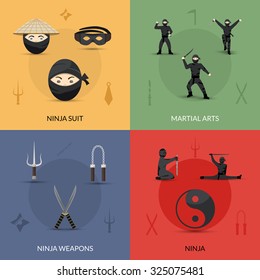The Development And Historical Context Of Martial Arts Worldwide
The Development And Historical Context Of Martial Arts Worldwide
Blog Article
Published By-Padilla Vick
Martial arts have a remarkable background that extends centuries and continents. You may find it appealing exactly how old techniques like Shuai Jiao and Kalaripayattu prepared for modern battle methods. These disciplines not only highlight physical abilities but also mirror the cultures that birthed them. As you discover their advancement, take into consideration just how globalization has transformed these typical forms right into crossbreed styles. What impacts do you believe have formed today's martial arts landscape?
Ancient Martial arts: The Structures of Combat
As you explore the globe of old martial arts, you'll find the abundant foundations that formed battle techniques across cultures. Very early practices focused on Self-Defense and survival, frequently including strikes, grappling, and weaponry.
In ancient China, for example, techniques like Shuai Jiao stressed tosses and joint locks, while India's Kalaripayattu showcased agility and fluid motion. Japanese samurai created Kenjutsu, a refined swordsmanship that highlighted discipline and approach.
These martial arts offered not just for battle but likewise as a way of personal advancement, instilling values like respect and willpower. The mixing of these strategies over time prepared for the varied martial arts you see today, each showing the one-of-a-kind philosophies and demands of its culture.
The Social Influence on Martial Arts Advancement
While martial arts usually reflect the functional needs of a society, they also personify the cultural worths and beliefs of their beginnings. When you check out different martial arts, you'll observe how they're affected by faith, ideology, and social standards.
As an example, the emphasis on regard and technique in Japanese martial arts stems from Zen Buddhism and samurai culture. In https://www.foxnews.com/world/8-year-old-child-martial-arts-class-beaten-death-instructor , Brazilian Jiu-Jitsu promotes flexibility and strategy, formed by the demand for efficiency in a varied, modern setting.
You may discover that the rituals, uniforms, and training approaches reflect an area's background and identity. By understanding these cultural impacts, you deepen your gratitude of martial arts and their role in shaping human experiences around the world.
Modern Adaptations and the Globalization of Martial arts
Martial arts have actually changed significantly in current years, adapting to modern society and international impacts. You'll observe that traditional kinds have mixed with contemporary methods, producing hybrid styles like mixed martial arts. These adaptations cater to diverse audiences, making martial arts accessible and appealing around the world.
With martial arts or boxing of social media and electronic platforms, you can find tutorials and competitions from all corners of the world, damaging geographical obstacles. global martial arts has resulted in a common appreciation for various self-controls, from Brazilian Jiu-Jitsu to Taekwondo.
As you involve with these arts, you'll recognize they're not nearly fight; they advertise health and fitness, self-control, and psychological well-being.
Eventually, modern-day adaptations have improved the martial arts landscape, making it a vibrant and progressing technique.
Final thought
In checking out the history and development of martial arts, you uncover a fascinating blend of techniques, societies, and philosophies. From ancient self-controls like Shuai Jiao and Kalaripayattu to the contemporary adaptability seen in mixed martial arts, martial arts mirror mankind's mission for Self-Defense and individual growth. As you engage with these methods, you not only get skills but also a much deeper admiration for the varied customs that form our globe today. So, proceed your trip and welcome the art of battle!
